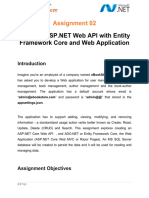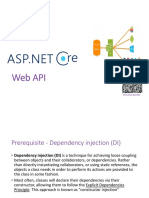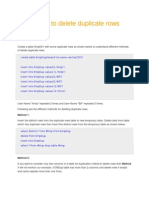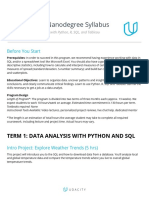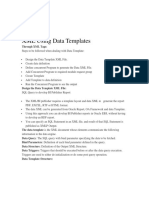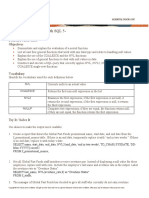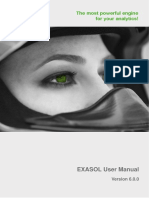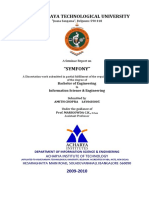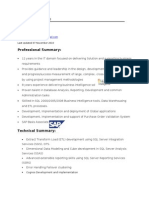0% found this document useful (0 votes)
11 views10 pagesNET Reference Sheet5
The document discusses model validation in ASP.NET Core (.NET 6 and C# 10), highlighting improvements such as better dependency injection, enhanced validation attributes, and automatic model binding. It also covers using Dapper for lightweight data access in Minimal API projects and contrasts it with Entity Framework Core, emphasizing their respective advantages and use cases. Additionally, it introduces NuGet as a package manager for .NET, facilitating library management and updates.
Uploaded by
jeevanshugoel100Copyright
© © All Rights Reserved
We take content rights seriously. If you suspect this is your content, claim it here.
Available Formats
Download as PDF, TXT or read online on Scribd
0% found this document useful (0 votes)
11 views10 pagesNET Reference Sheet5
The document discusses model validation in ASP.NET Core (.NET 6 and C# 10), highlighting improvements such as better dependency injection, enhanced validation attributes, and automatic model binding. It also covers using Dapper for lightweight data access in Minimal API projects and contrasts it with Entity Framework Core, emphasizing their respective advantages and use cases. Additionally, it introduces NuGet as a package manager for .NET, facilitating library management and updates.
Uploaded by
jeevanshugoel100Copyright
© © All Rights Reserved
We take content rights seriously. If you suspect this is your content, claim it here.
Available Formats
Download as PDF, TXT or read online on Scribd
/ 10


















